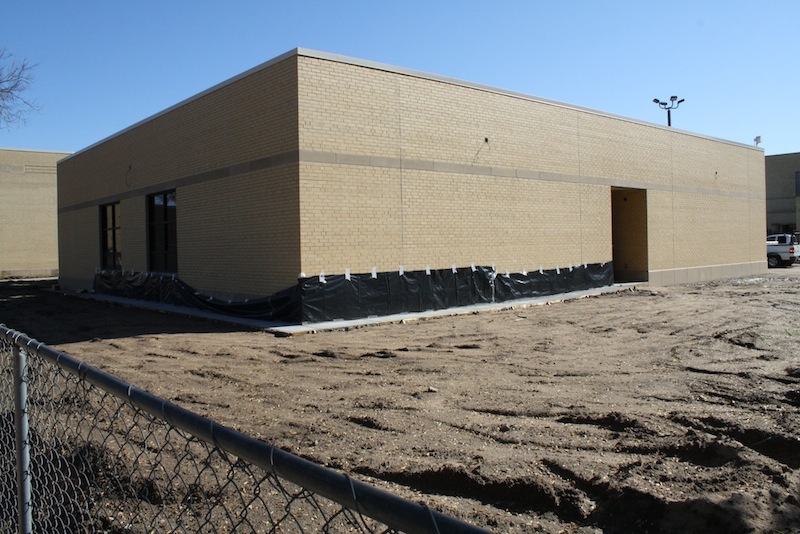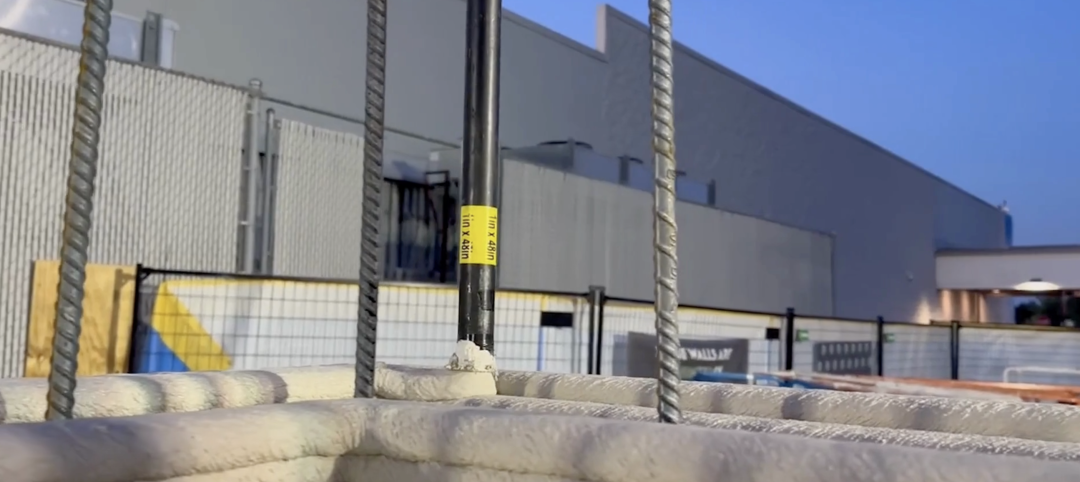When it comes to protecting K-12 schools and students from earthquakes, tornados, or flooding, many school districts continue to resist mandating the inclusion of safe rooms or storm shelters in new and existing buildings. But that may be changing.
An Illinois law that took effect January 1 requires all new schools to have storm shelters. Illinois joined Alabama as the only states that mandate storm shelters or safe houses in new schools.
Oklahoma, ground zero for deadly tornados, has rejected such mandates for budgetary and political reasons. Governor Mary Fallin has backed a proposal to allow local governments to raise their debt limits if they want to use bonds to fund shelters. (Oklahoma City already requires shelters.) An advocacy group called Take Shelter has been trying to get a petition on the statewide ballot to raise $500 million through franchise taxes to put safe rooms in every school in the state.
Money is main reason why safe houses and storm shelters at schools aren’t more widely accepted. A 2013 article published in the Wall Street Journal estimated that it would cost $1 billion to install safe rooms in the 1,100 Oklahoma public schools that didn’t have them at the time.
Protecting buildings from catastrophic events can quickly erode a district’s general revenue funds. Krisztina Tokes and Mark Hovatter of the Los Angeles United School District have estimated that 21% of the $4.3 billion they said was needed annually for school construction would be allocated for earthquake upgrades.
Most AEC professionals would agree that preventive expenditures are a lot cheaper than rebuilding after a natural disaster hits: just ask anyone in the New York metropolitan area who suffered through Hurricane Sandy, which caused an estimated $50 billion in property damage in late 2012. With so much talk about the possible relationship between climate change and more catastrophic weather events, some ISDs are reconsidering the wisdom of waiting and seeing.
 Construction of a safe room at a Wichita, Kan., school. Photo: FEMA
Construction of a safe room at a Wichita, Kan., school. Photo: FEMA
Last November, voters in Carl Junction, Mo., approved a $16.5 million bond issue that will help pay for three storm shelters in the school district.
By the end of its current construction bond financing in 2016, Wichita Public Schools will have safe rooms that can withstand an EF-5 tornado in every attendance center it operates, even though safe rooms aren’t mandatory in Kansas. Julie Hedrick, the district’s Facilities Division Director, says that a safe room can add up to $50/sf to the cost of new construction.
As for existing schools, Hedrick says it’s usually not cost effective to add a safe room as part of a renovation. But she says that, high school wrestling rooms—which usually don’t have windows and pad their walls and floors—have been upgraded to safe rooms relatively inexpensively.
Related Stories
Sustainability | Sep 18, 2024
3 living buildings made by a living practice
Prompting humans to reexamine our relationship to the environment, architecture creates the opportunity for us to physically experience ideas of beauty, performance, and structure through the distinct lens of place.
3D Printing | Sep 17, 2024
Alquist 3D and Walmart complete one of the nation’s largest free-standing, 3D-printed commercial structures
Walmart has completed one of the largest free-standing, 3D-printed commercial structures in the US. Alquist 3D printed the almost 8,000-sf, 20-foot-high addition to a Walmart store in Athens, Tenn. The expansion, which will be used for online pickup and delivery, is the first time Walmart has applied 3D printing technology at this scale.
Retail Centers | Sep 17, 2024
Thinking outside the big box (store)
For over a decade now, the talk of the mall industry has been largely focused on what developers can do to fill the voids left by a steady number of big box store closures. But what do you do when big box tenants stay put?
Government Buildings | Sep 17, 2024
OSHA’s proposed heat standard published in Federal Register
The Occupational Safety and Health Administration (OSHA) has published a proposed standard addressing heat illness in outdoor and indoor settings in the Federal Register. The proposed rule would require employers to evaluate workplaces and implement controls to mitigate exposure to heat through engineering and administrative controls, training, effective communication, and other measures.
Codes and Standards | Sep 17, 2024
New California building code encourages, but does not mandate heat pumps
New California homes are more likely to have all-electric appliances starting in 2026 after the state’s energy regulators approved new state building standards. The new building code will encourage installation of heat pumps without actually banning gas heating.
Mass Timber | Sep 17, 2024
Marina del Rey mixed-use development is L.A.’s largest mass timber project
An office-retail project in Marina del Rey is Los Angeles’ largest mass timber project to date. Encompassing about 3 acres, the 42XX campus consists of three low-rise buildings that seamlessly connect with exterior walkways and stairways. The development provides 151,000 sf of office space and 1,500 sf of retail space.
Education Facilities | Sep 16, 2024
Hot classrooms, playgrounds spur K-12 school districts to go beyond AC for cooling
With hotter weather occurring during the school year, school districts are turning to cooling strategies to complement air conditioning. Reflective playgrounds and roads, cool roofs and window films, shade structures and conversion of asphalt surfaces to a natural state are all being tried in various regions of the country.
Office Buildings | Sep 16, 2024
Maximizing office square footage through ‘agile planning’
Lauren Elliott, RID, NCIDQ, Director of Interior Design, Design Collaborative, shares tips for a designing with a popular and flexible workspace model: Agile planning.
3D Printing | Sep 13, 2024
Swiss researchers develop robotic additive manufacturing method that uses earth-based materials—and not cement
Researchers at ETH Zurich, a university in Switzerland, have developed a new robotic additive manufacturing method to help make the construction industry more sustainable. Unlike concrete 3D printing, the process does not require cement.
Libraries | Sep 12, 2024
How space supports programming changes at university libraries
GBBN Associate Sarah Kusuma Rubritz, AIA, uses the University of Pittsburgh's Hillman Library to showcase how libraries are transforming to support students’ needs.

















